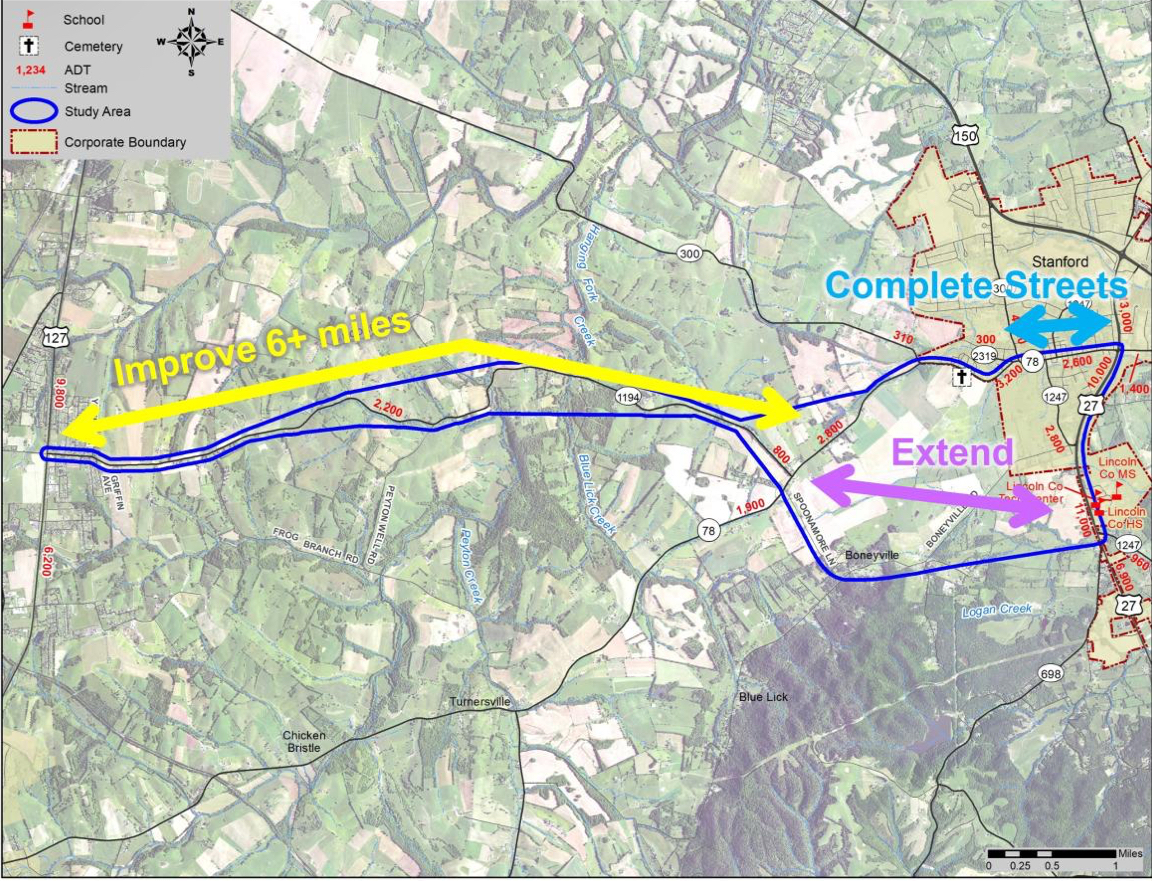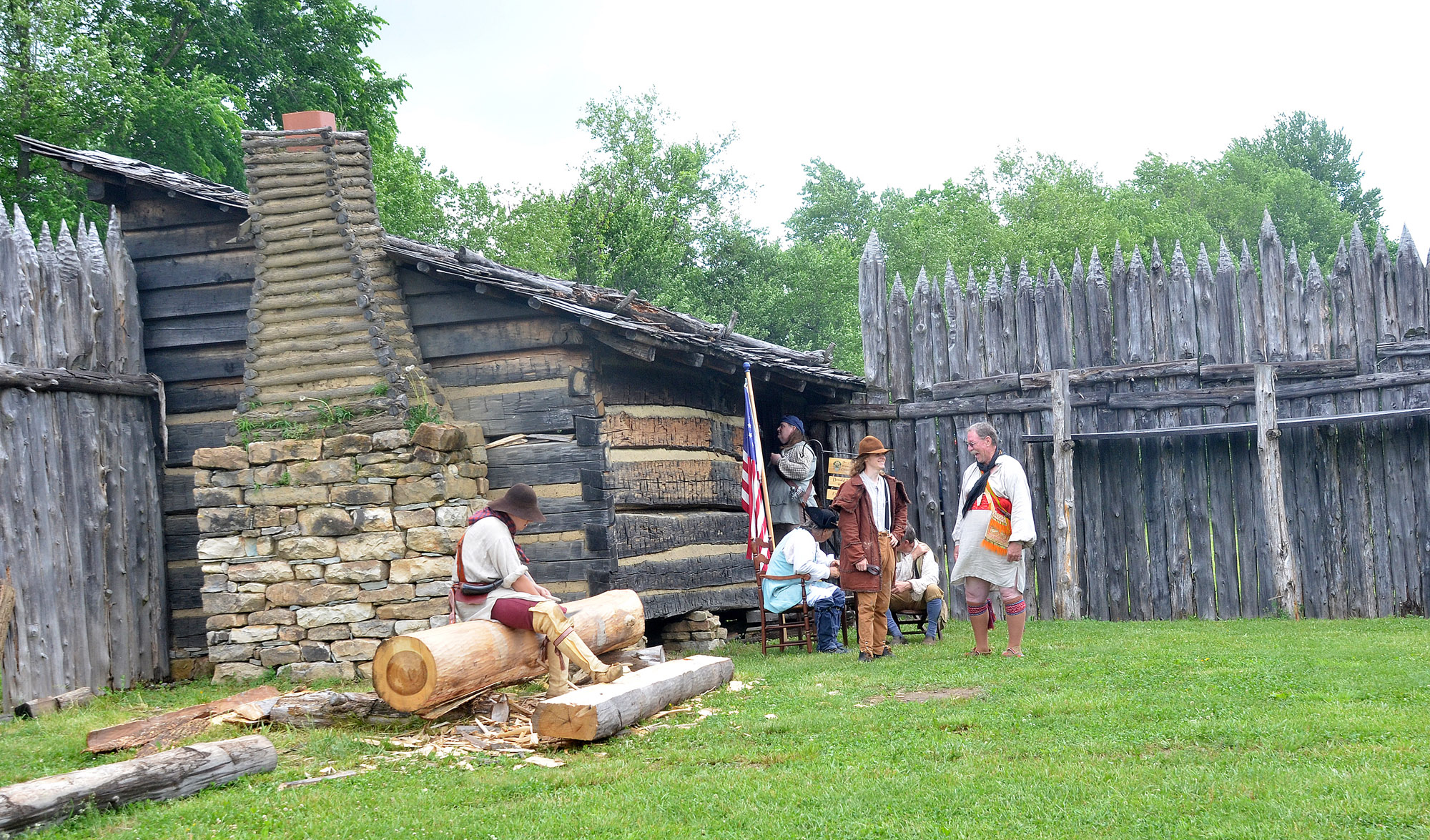Sgt. Alvin York, WWI hero
Published 4:45 pm Monday, August 5, 2024

- Sgt. Alvin York (Photo submitted)
|
Getting your Trinity Audio player ready...
|
By Jadon Gibson
In the early morning hours of October 18, 1918, American forces in the French forest of Argonne were in a nearly impossible position. The American offensive was attempting to push through the German defense to the Decauville Railroad, a major supply artery to the motherland.
As the sun burned away the morning mist, the “All America” 82nd Division was bombarded by artillery and heavy fire from entrenched German machine guns lining the tops of hills in three directions.
“The Germans got us, and they got us right smart,” York would say later in life. “They just stopped us dead in our tracks. Their machine guns were up there on the heights overlooking us and well hidden. We couldn’t tell for certain where the terrible heavy fire was coming from. And I’m telling you they were shooting straight. Our boys just went down like the long grass before the mowing machine at home. Our attack just faded out and there we were, lying down about halfway across the valley. Those German machine guns and big shells hitting us hard.”
Alvin York and sixteen other men were sent out to eliminate the machine gunners. They scurried underneath the enemy gunfire and boldly ascended the hillside and entered a trench in which they continued their single file climb up the hill.
After crossing the hilltop they came upon 20 Germans and captured them after a brief skirmish. York was then astounded at what he saw from his position that was apart from the other men. Lining the crest of the hill, 40 yards away, was a battalion of German machine gunners turning their guns toward them. The view of York’s fellow soldiers was blocked.
York’s warning could not be heard and as if by design the German prisoners dropped to the ground as the machine-gunners began peppering the Americans with machine gun and rifle fire. Nine of the 17 men were killed or wounded and the others could not move from their position. York was separated from the others but he also drew fire. He later said, “The bullets were so close they burned my face.”
Although York was new to battle, in the mountains of Fentress County, Tennessee, he had won fame for his outstanding eye with a rifle and revolver. He had been adept at shooting moving targets since he was a small boy and York said the Germans were easy targets at a distance of 40 yards. He picked them off one after another.
“Our men were all behind trees but there wasn’t a tree left for me. I just sat in the mud and used my rifle. When I saw a German, I jes’ tetched him off,” York recalled later in his own vernacular, in explaining how he single-handedly broke the morale of the Germans.
Time and again York would yell out, “Come down” after shooting an enemy soldier. It was an invitation for the Germans to surrender.
The Germans then sent a bayonet-charge of seven men after York which he resisted with his revolver. He shot those farthest away first, their bodies forming a line down the hillside. York later said if he had shot the ones nearest him first, the others may have panicked and taken shelter closer to him which could have made his position impossible to defend.
The battle continued until a German officer blew a whistle of surrender. York maintained his position as German after German rose, unbuckled ammunition belts and trod down the hillside.
Although the other seven Americans were penned down by gunfire and could not aid York in his battle they were able to assist him by watching his flank.
York and the American survivors marched the prisoners back through enemy territory. He held the German commander at gunpoint and forced him to have other German soldiers surrender as they were encountered. With great difficulty they snaked their way back to the American line and were greeted by cheers. York had captured 132 elite, well-armed German soldiers.
The message of York’s valor spread throughout the United States, France, Great Britain, Italy and other countries. It electrified a public who could not envision one man silencing a battalion of machine gunners and bringing in so many prisoners. All was verified.
General John Pershing awarded York the Congressional Medal of Honor, our highest award for valor. He called his heroics the greatest of all soldiers of the war. Marshal Foch likewise called his feat, “the greatest achievement by an individual in the war.” The hill on which York’s heroics occurred was named York’s Hill.
York was accorded all the fanfare and adulation deserving of a national hero. Receptions, banquets, medals, news reports and even a popular movie documented his exploits.
He was offered residence in many places and countries but chose to return to the “Valley of the Three Forks o’ the Wolf” in Fentress County where the 48-mile mountainous road from the railway station to Pall Mall, Tn., was lined with people bidding him “welcome home.’
A statue of Alvin York rests on the grounds of Tennessee’s State Capitol and the York Grist Mill is part of Pickett State Park in Fentress County. Andy York, Alvin’s son, served as a Tennessee ranger at the park.
Jadon Gibson is a widely read Appalachian writer. Gibson’s stories are both historical and nostalgic in nature. Thanks to Lincoln Memorial University, Alice Lloyd College and the Museum of Appalachia for their assistance.




